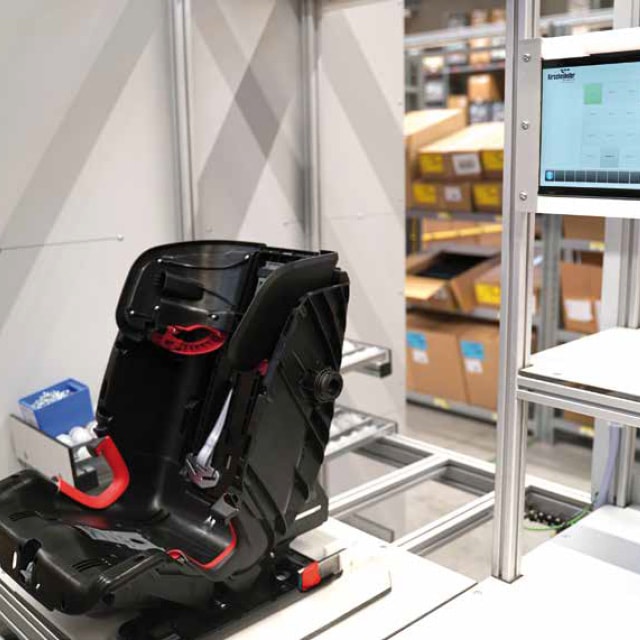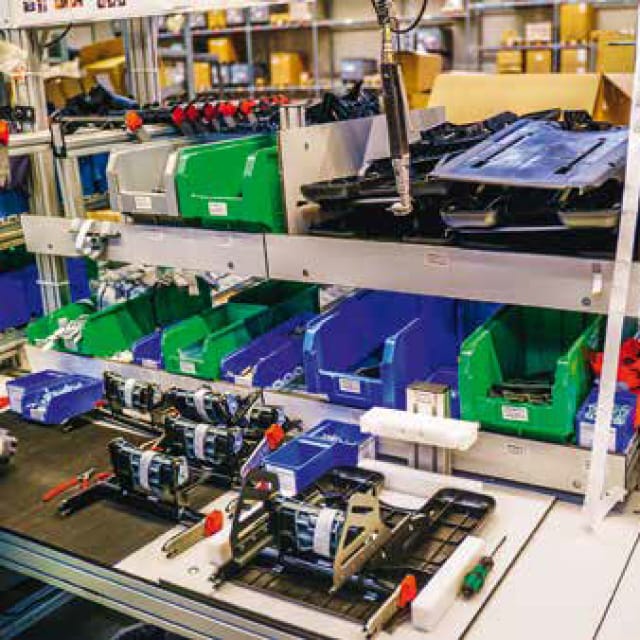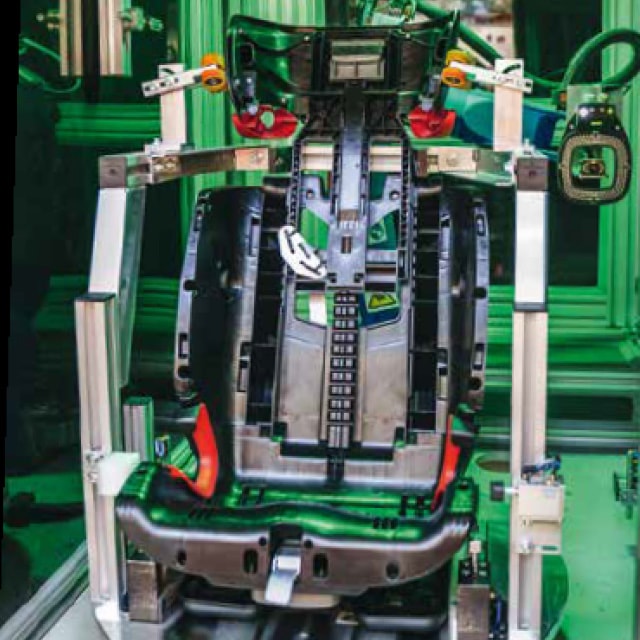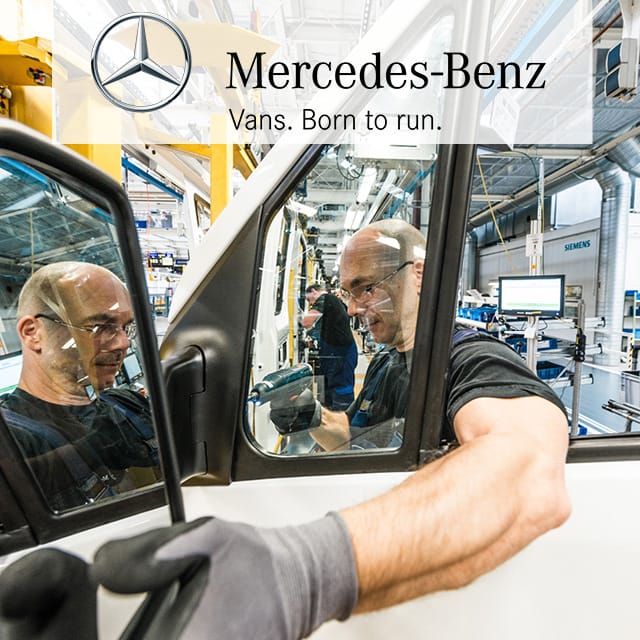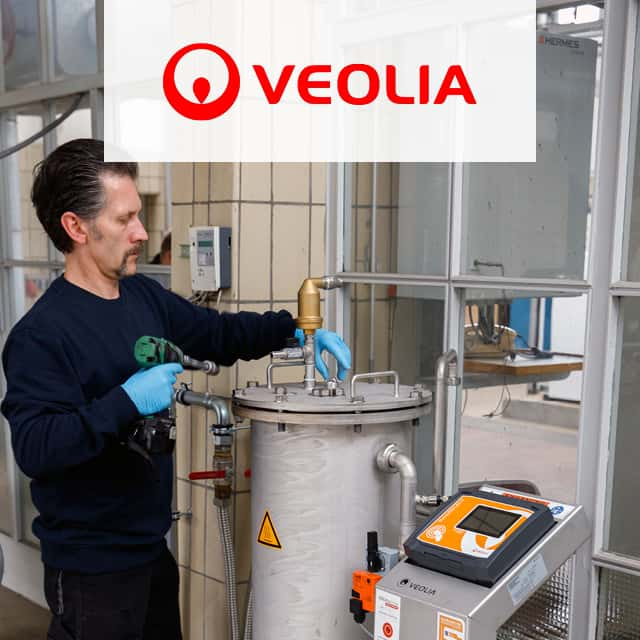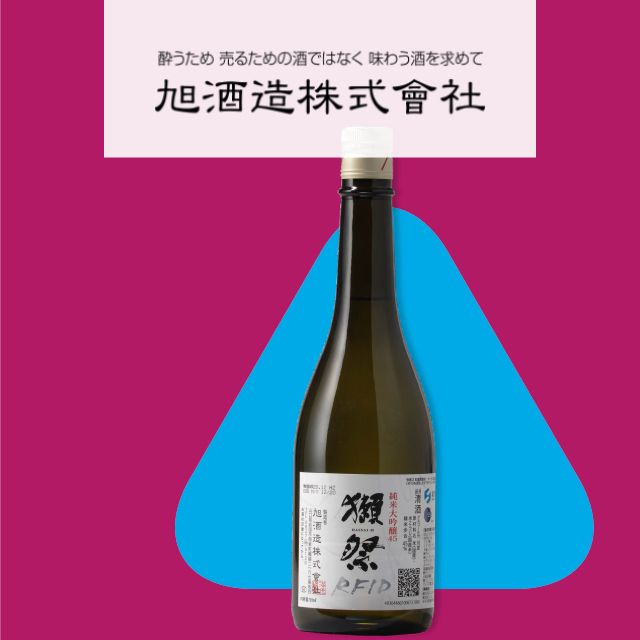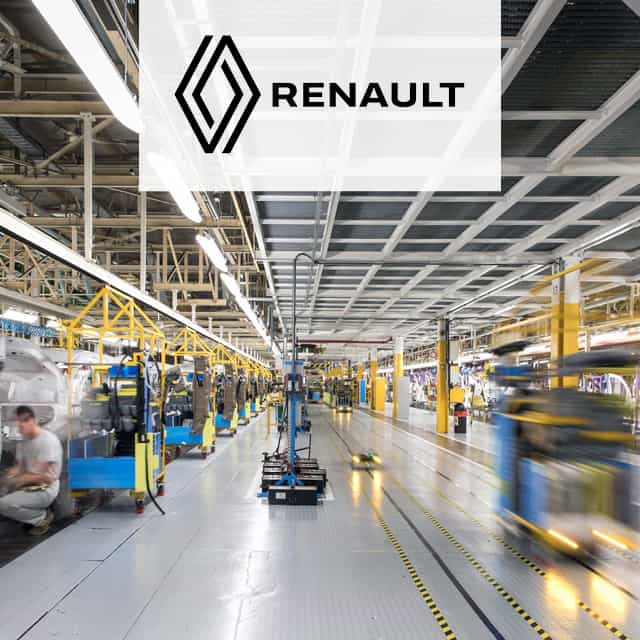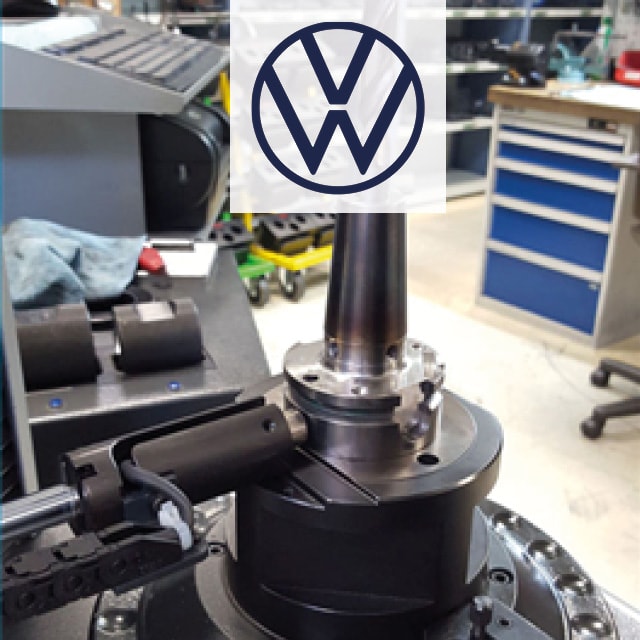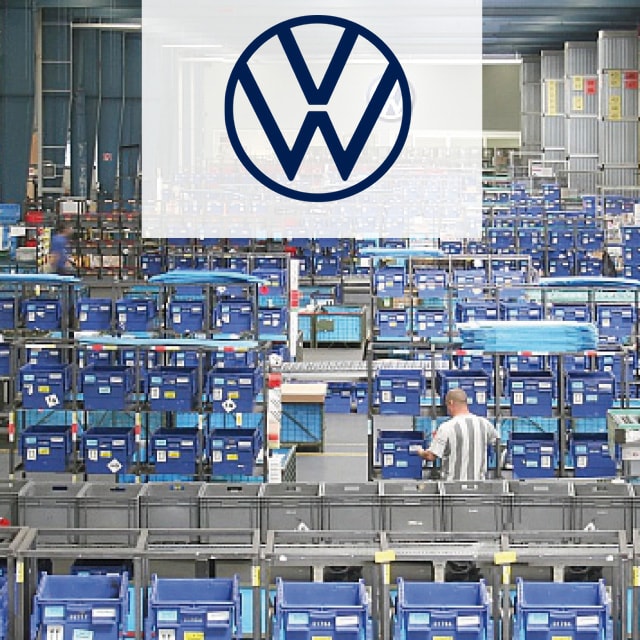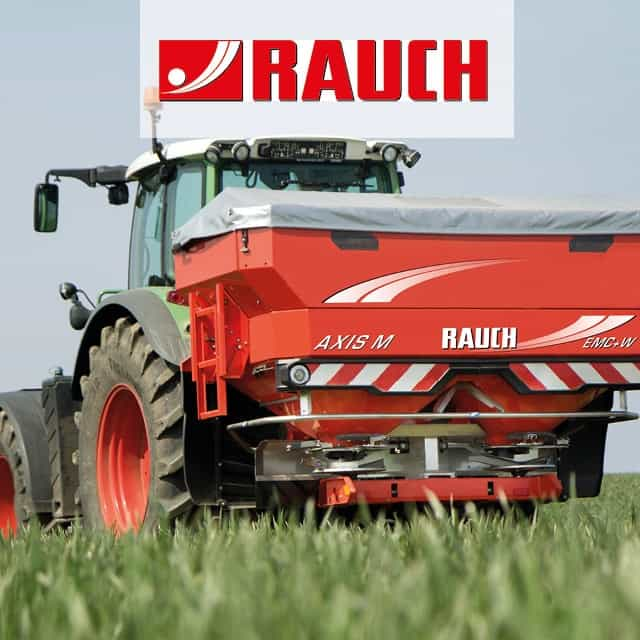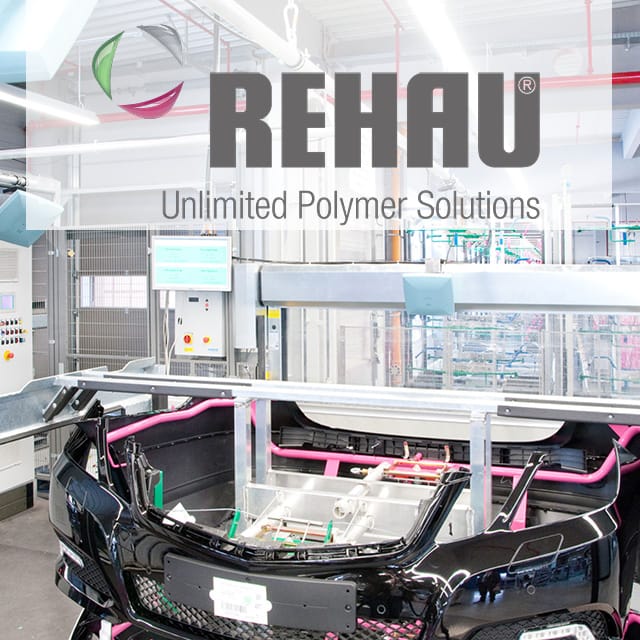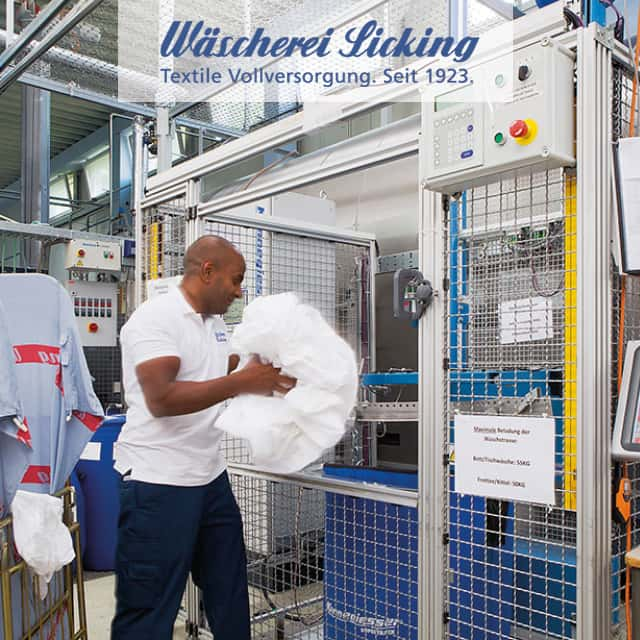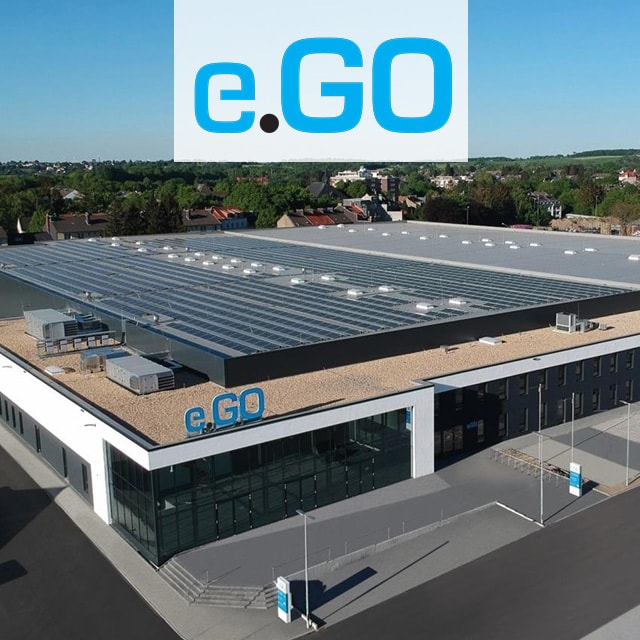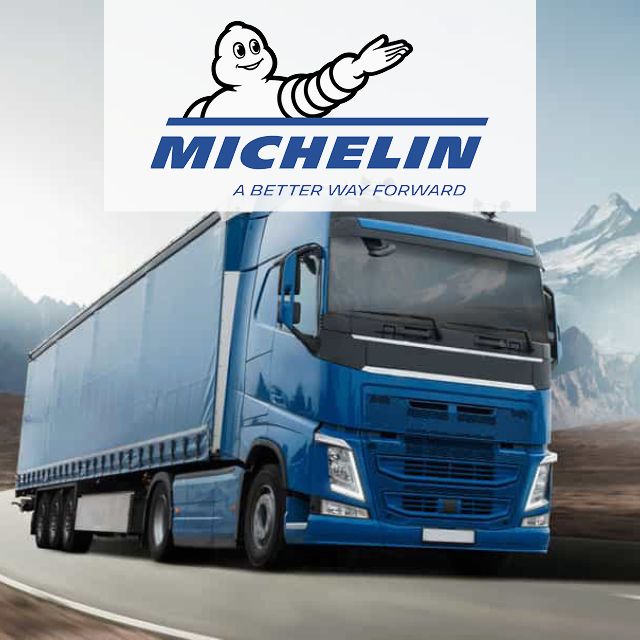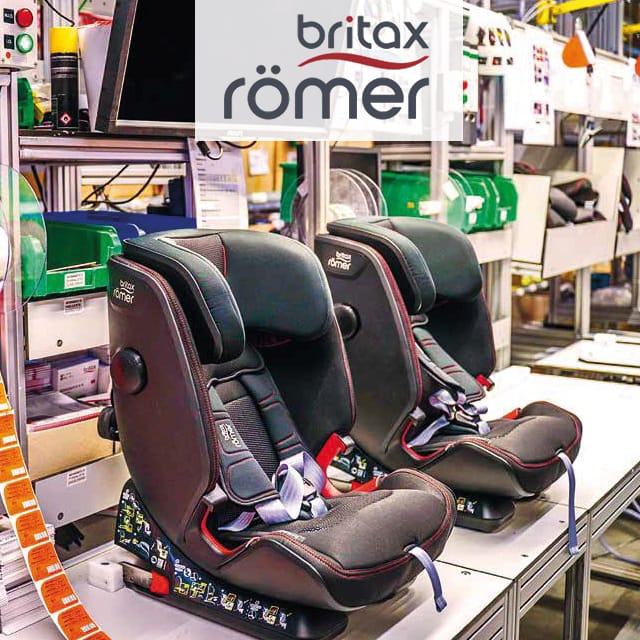
Child Car Seat Production at Britax Römer Optimized with RFID
The company Britax Römer was looking for an efficient solution to automate the largely manual production of a new child seat family.
In a pilot system, Britax Römer uses an RFID-based solution for production control and quality assurance at its site in Ulm – entirely without PLC.
Britax Römer developed the first child seat in 1966. Today, more than 500 people work for the German-British company. 90 percent of the child car and bicycle seats currently produced are "Made in Germany" or “Made in Britain”.
Process Requirements
The production process of the Advansafix IV consists of 16 individual steps. For each of these steps there is a characteristic that can be checked. This begins with the construction of the seat foundation, the so-called base, and ends with the packaging of the seat in its box. Each successful production step should be documented individually as "In Order" (IO). If a station is omitted or cannot be completed successfully, this characteristic remains marked as "Not In Order" (NIO).
Objective
- The system was to be implemented on the basis of the Labview software
- RFID data carriers are to be used as an ID feature in order to save major production conversions and infrastructure investments
- Mapping of all key positions without using a PLC
Solution
In a pilot system, the five key positions of the 16-step production were implemented as " Proof of Concept".
- At the first station, the data carrier is glued into the base plate of the future seat. An RFID read-write head checks the correct fit by reading the freshly glued-in tag and writing the process image.
- A robot inspection cell was selected as the second station, in which the largely finished seat is optically inspected for the 16 production features. If seat variants are to be assembled at a later date, the test robot could select an alternative test sequence with different characteristics via the data carrier on the seat.
- The third station checks the ISOFIX function
- Before the finished seat is packed, the fourth station checks whether all previous process steps have been documented as IO on the data carrier.
- The fifth station is the rework station, where seats with NIO markings are reworked.
The entire process is mapped on the data carrier. There is only one permitted sequence of production steps. The system ensures the correct sequence by setting the corresponding characteristic to IO at each of the four stations after a successful assembly stage. This means that only Station 2 can follow Station 1 (affixing the tag). At Station 2, the system checks whether Station 1 was successfully executed at the current seat. Only then does the process continue.
Technology Partner
Hardware & Software
- Turck – TBEN-S RFID interfaces
- Turck – different read-write heads from Turck
- Turck – Read-write head TNLR-Q80L400 at the rework station
- Turck – Smart Label TW-L36-18-F-B320 with 320 byte user memory
Advantages
- Savings of several thousand euros: A Windows Surface Tablet replaces a PLC, the screen, and an additional IPC for database management at the finishing station.
- Higher process reliability for reworking
Outlook
- The system is designed so openly that it can be supplemented without programming knowledge. For example, extensions to map target measuring ranges or to expand additional production stations.
- Employees can adapt the existing system to extended production processes or the manufacture of other seat variants without external support.
Learn More
Questions? Get in contact with the editorial team!
Technologies
Application Fields


